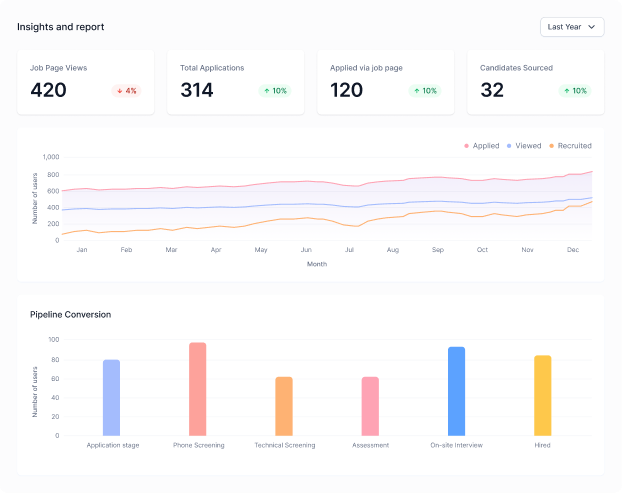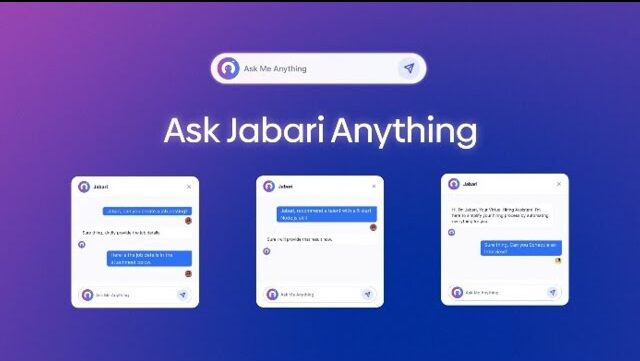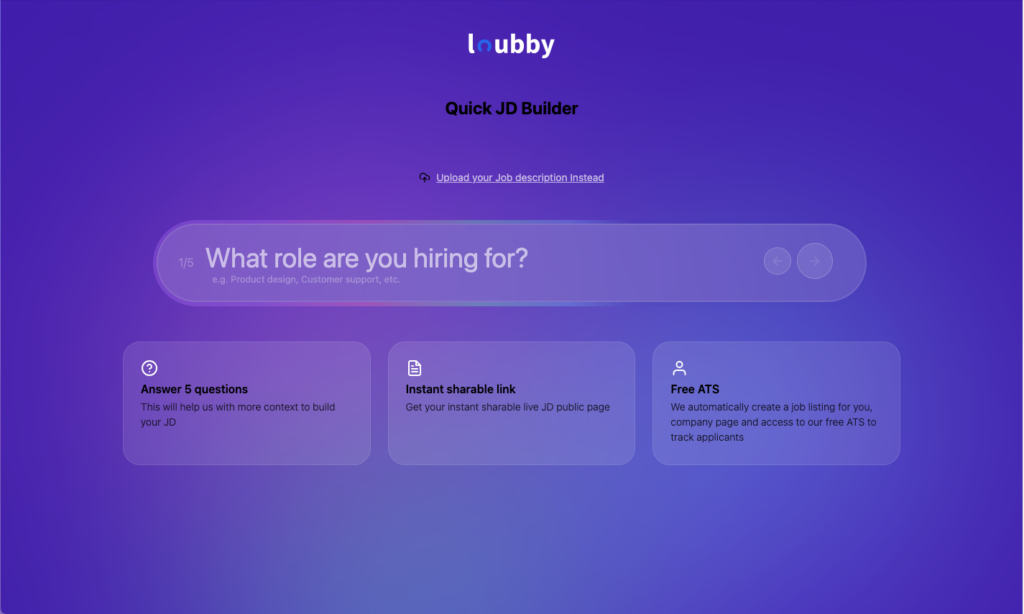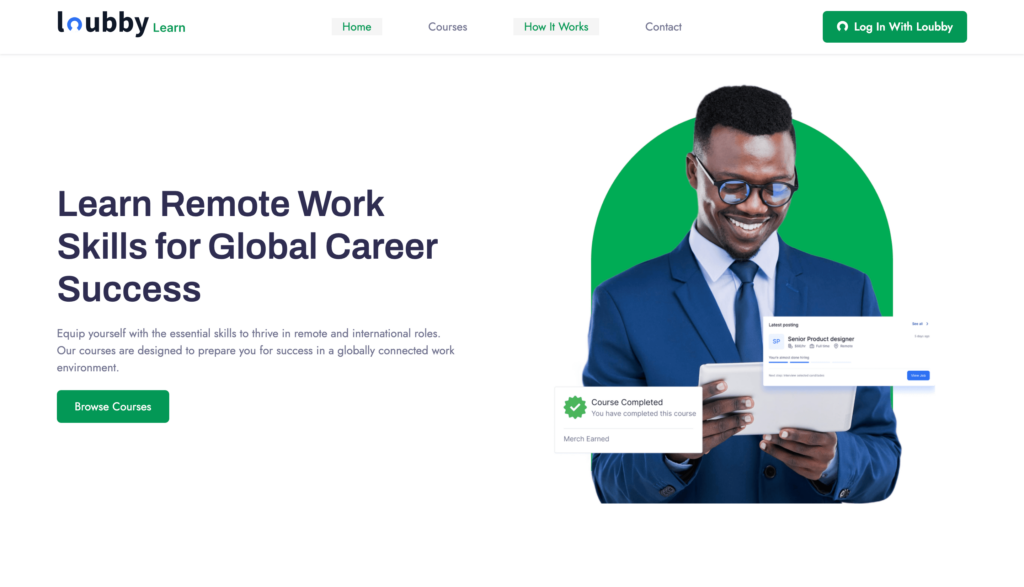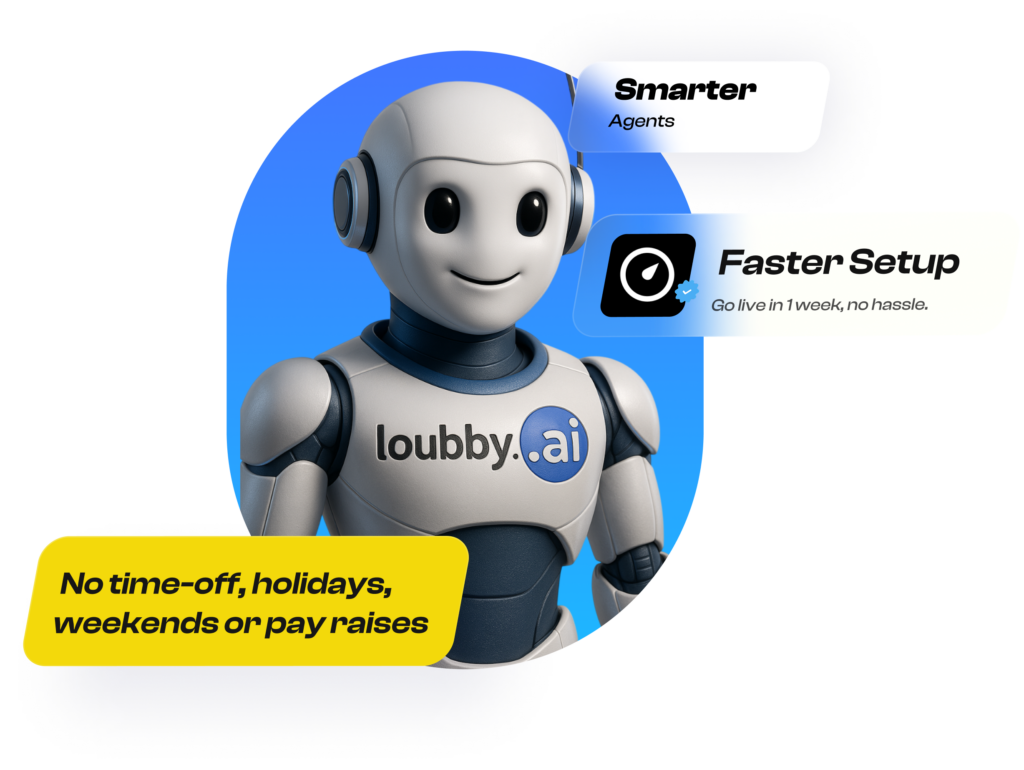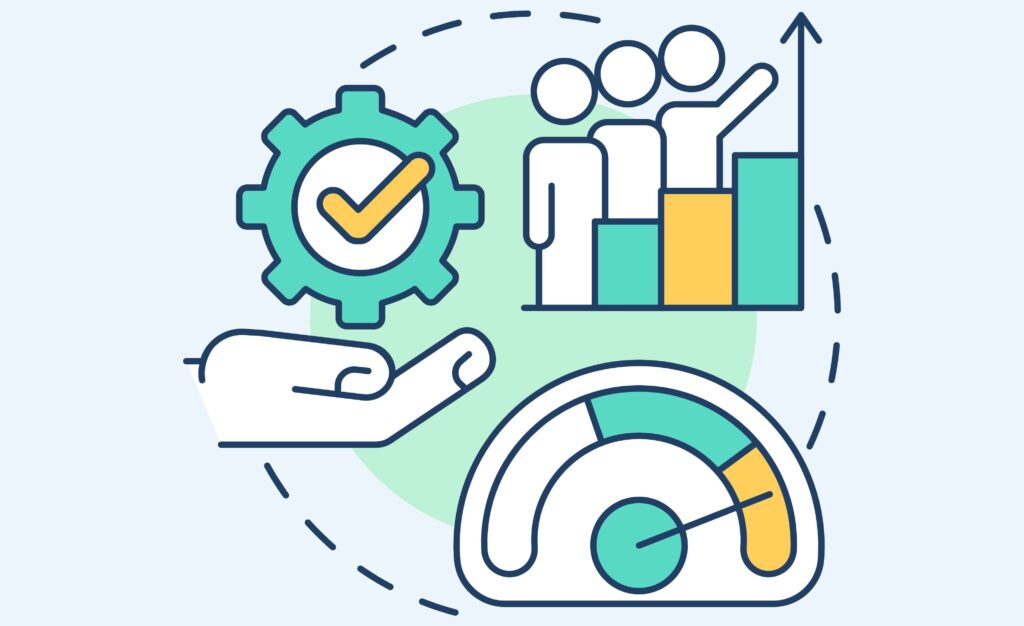High-performance culture is a top priority for leaders in organisations. According to Gallup, only 21 percent of employees feel engaged in their work at any given time. This gap often means teams fire up early in the year but then slow down. Keeping consistent energy and focus beyond the first few months can feel like a steep climb.
Maintaining a high-performance culture all year can be tough. Many HR teams believe culture builds itself once a year, but it needs constant attention. When drive dips, teams face low engagement, burnout, and higher turnover. Left unchecked, this can push valued staff out the door and send recruitment costs soaring.
In this post, you will find five clear methods drawn from companies that keep culture alive across seasons. You will discover practical steps you can apply today, and you’ll see how simple shifts can secure steady results and lasting momentum.
What Is a High-Performance Culture?
A high-performance culture, in simple terms, is the kind of workplace where people know what they’re working on, why it matters, and are committed to giving their best. It’s not about squeezing every drop of energy from your team or working late into the night. Instead, it’s about creating the kind of environment where people feel trusted, respected, and driven to do work. This matters especially for startups and remote teams, where high-performance culture can be the difference between growth and chaos.
One thing that stands out in companies with strong cultures is clarity. Everyone understands the goal and what they are expected to deliver. Trust is another key ingredient. Managers believe in their team, and the team feels safe enough to speak up. There’s accountability too—people own their tasks and follow through. Autonomy is present, meaning workers don’t need to be micromanaged. And of course, the focus is on results, not just busywork.
Many people hear “high-performance” and assume it means pressure, stress, or working around the clock. That is not true. The real thing is sustainable. It creates room for both strong output and well-being.
For growth-stage startups and remote teams, where speed, trust, and communication are key, this culture can build stability and reduce waste. Without it, people lose track of the mission or burn out too early. But with it, you build a team that doesn’t just deliver once, but over and over.
1. Set Shared Performance Goals And Make Them Visible
If you are serious about how to improve workplace performance through goal setting, you must start by removing the guesswork from daily tasks. People can’t aim for what they can’t see. When teams know the targets and can track them, they move with more purpose and less confusion. That clarity boosts accountability, alignment, and trust, without needing to micromanage anyone.
Public goals help everyone know what success looks like. For instance, if the marketing team’s goal is to grow qualified leads by 25% this quarter, that target should not live inside one manager’s notebook. It should be where everyone can see it. It could be on a shared dashboard, a whiteboard in the office, or a digital tracker pinned on Slack.
Some companies hold weekly OKR (Objectives and Key Results) check-ins to measure progress and recalibrate when needed. Others use visual boards on tools like Trello or Asana, where tasks link directly to bigger goals. These small habits turn goals from abstract ideas into real, trackable actions.
Loubby AI’s team management assistant also makes this process smoother by helping teams track KPIs, monitor progress, and keep everyone accountable without the back and forth. When goals are visible, teams stop working in silos and start rowing in the same direction. That’s how progress becomes consistent.
2. Make Feedback a Weekly Ritual
If you want to know how to improve workplace performance through goal setting, you must also give equal attention to feedback. Waiting for the annual performance review to share thoughts or corrections only slows progress. When feedback happens once a year, it loses its impact and becomes a checklist exercise instead of a helpful guide.
Instead, feedback should be a regular part of work life. Weekly micro-feedback sessions create small but meaningful moments for growth. These quick conversations, whether between peers or managers and team members, build trust and clear up issues before they grow bigger. Simple nudges from managers can boost motivation and keep people on track without pressure.
Data shows that teams that get feedback often perform better. Frequent check-ins help people adjust and improve their work faster. This way, feedback stops being a one-sided talk and becomes a shared conversation that pushes the whole team forward.
3. Train Managers to Lead, Not Just Supervise
A bad manager can ruin the mood of a whole team faster than any company policy. That’s why it’s not enough for someone to just supervise tasks. They need to lead with purpose.
Good leadership starts with three basic things. First is active listening. Managers must stop pretending to listen and actually pay attention. That means hearing what their team is saying, asking questions, and giving thoughtful replies. Second is coaching. Managers should help team members grow, not just correct mistakes. They need to guide without controlling. Lastly, there is clarity. Every team member should know what’s expected of them. There shouldn’t be guesswork.
Studies from Gallup have shown that managers account for at least 70% of the difference in employee engagement. When managers lead well, people stay longer, do better work, and even speak well of the company.
4. Recognize Consistent Effort, Not Just Big Wins
One of the easiest ways to build a high-performance culture is to start recognizing effort, regular and consistent effort. Not just the big milestones. The truth is, people want to feel seen, not only when they hit a massive target, but when they show up, stay focused, and give their best, day after day.
Recognition builds something deeper than motivation. It creates psychological safety. It tells people, “We see you. Your work matters.” And when people feel seen, they contribute more, take initiative, and stick around longer.
There are many simple ways to show appreciation. A quick shoutout on Slack during team calls. A 1:1 message thanking someone for consistently meeting deadlines. Or even a “spotlight moment” during your company-wide monthly meeting. What matters is that it’s specific and timely.
Small acts of appreciation add up. They keep your team grounded and connected. And when consistent effort gets the same energy as big wins, people stop waiting for applause and start staying engaged for the long haul.
5. Build Performance Into Onboarding
A high-performance culture starts at onboarding. The way new employees are welcomed and guided sets the tone for what’s expected from day one. If you want your team to perform well, it has to begin the moment someone joins the company.
A clear checklist can help make this happen. Start by making the role crystal clear: what exactly the new person is responsible for and how their success will be measured. Next, pair them with a mentor who can offer support and answer questions along the way. This connection helps the new hire feel grounded and confident.
Also, laying out specific success metrics early on shows what good performance looks like in that role. When expectations are clear from the start, new employees can focus their energy where it matters most.
Onboarding is about building a strong foundation for ongoing performance. Automating smart onboarding workflows with Loubby AI can keep this process smooth and consistent, making sure no important step gets missed.
Start your high-performance culture the right way by embedding performance into your onboarding process. This small shift can lead to big results down the line.
Conclusion
Building a high-performance culture is not a one-time effort; it is a habit that needs constant attention. Teams that revisit their culture regularly stay on the same page, remain motivated, and keep delivering results. When culture is treated like a living, ongoing process, it shapes how people work and how they feel about their jobs every day.
Instead of waiting for a crisis or big event to reset culture, make it a regular part of your team’s rhythm. This simple change helps keep everyone engaged and moving forward together.
Want to build a high-performance culture that runs itself? Book a demo to see how Loubby AI supports high-impact HR teams.
